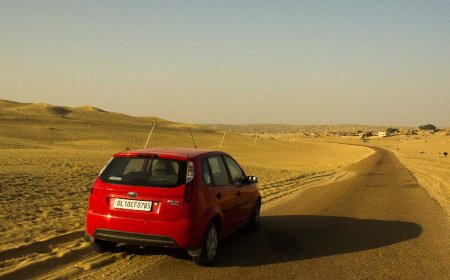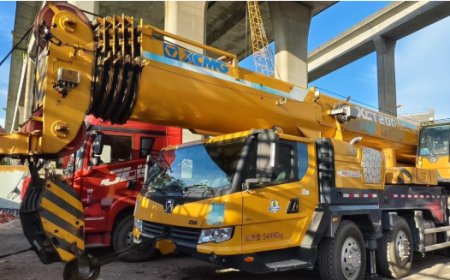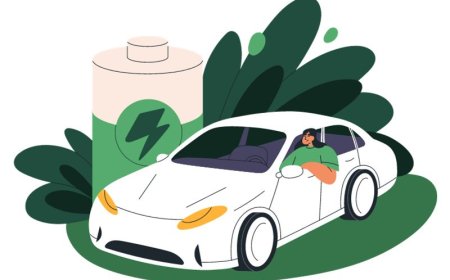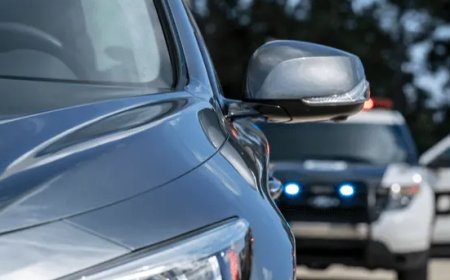Full Auto Coverage: What It Includes and Excludes
Understanding full auto coverage can feel overwhelming. There are a lot of terms, fine print, and different types of protection to consider. For many drivers, this type of insurance sounds like it covers everything. But is that really true? This post explores what full auto coverage truly includes, what it doesnt, and why it mightor might notbe right for you. If you're considering full auto coverage, this guide will help break it down in plain, simple terms.
What Does Full Auto Coverage Really Mean?
Full auto coverage is not a specific type of policy offered by insurers. Instead, its a common phrase used to describe a combination of coverages that protect your vehicle in most situations. At its core, full auto coverage usually includes three key parts: liability insurance, collision insurance, and comprehensive insurance. Each one plays a different role.
Liability insurance covers the costs if you're at fault in an accident that causes injury or damage to other people or property. Its legally required in most places.
Collision insurance pays for the damage to your car if you hit another vehicle or object, no matter whos at fault.
Comprehensive insurance covers damage caused by events that arent collisions, like theft, vandalism, fire, or natural disasters.
Together, these give you a well-rounded shieldbut that doesnt mean they cover everything.
What Full Auto Coverage Includes
Lets take a closer look at what you can typically expect from a full auto coverage policy.
It includes repairs for your own vehicle in case of an accident, even if you were the one who caused it. Thats thanks to collision insurance.
It includes damage caused by weatherlike hail, storms, or floods. That falls under comprehensive coverage.
It includes theft or vandalism. If your car gets stolen or damaged by someone intentionally, full auto coverage steps in.
It includes medical expenses for others if youre responsible for an accident. This comes from the liability portion.
It includes legal costs if youre sued after an accident you caused. Again, thats part of liability insurance.
It includes repairs if you hit a deer or any other animal. This is one of the most common reasons people use comprehensive coverage.
It includes damages if your windshield gets cracked or shattered. Depending on your insurer, this might be covered fully or with a small deductible.
What Full Auto Coverage Does Not Include
Despite its name, full auto coverage isnt truly "full." There are plenty of things it does not pay for, and knowing these limits is key to avoiding surprises.
It does not include routine wear and tear. Things like brake pads, tires, or oil changes are your responsibility.
It does not include mechanical breakdowns or engine failure unless they are caused by a covered event. This kind of repair usually falls under an extended warranty or separate coverage.
It does not include rental cars unless you add that option to your policy. Many people assume a replacement vehicle is automaticits not.
It does not include driving for business, like ridesharing, unless you have commercial or rideshare insurance added.
It does not include custom parts or aftermarket upgrades. If youve added expensive wheels, a custom stereo, or a spoiler, those might not be covered without extra protection.
It does not include coverage outside your country unless your policy specifically allows for international driving.
It does not include medical payments for you unless your state requires personal injury protection or you add medical coverage to your plan.
Should You Buy Full Auto Coverage?
That depends on a few things. If your car is new, leased, or financed, youre usually required to have full auto coverage. The lender wants to protect their investment, and so should you. If your car is older or worth less than a couple thousand dollars, you might decide full auto coverage isnt worth the extra monthly cost.
Also, think about your financial situation. Could you afford to repair or replace your car if it were totaled tomorrow? If not, full auto coverage might bring peace of mind. On the other hand, if you're financially stable and your car isnt worth much, liability-only insurance may be enough.
How Much Does Full Auto Coverage Cost?
The cost depends on many factors. These include your driving history, location, vehicle type, credit score, and how much coverage you choose. On average, full auto coverage is more expensive than liability-only insurancebut youre also getting more protection. You can often lower your premium by increasing your deductible, bundling with other policies, or maintaining a clean driving record.
How to Make the Most of Full Auto Coverage
Ask your insurer about available discountssafe driver, good student, multi-car, or even paperless billing.
Review your policy every year. As your car ages, you may want to adjust or drop some coverages.
Make sure you understand your deductible. A lower deductible means less out-of-pocket cost during a claim, but it usually comes with higher premiums.
Read the fine print. Know what's excluded so you dont assume youre covered for something youre not.
Conclusion
Full auto coverage offers a wide net of protection. Its ideal for those who want peace of mind knowing that theyre protected from more than just basic fender benders. But its not a magical policy that covers every possible scenario. Knowing what it includesand just as importantly, what it excludeshelps you make smarter insurance decisions.
Call to Action
Before you buy or renew your policy, take a few minutes to review your coverage. Ask your insurer questions. Compare rates. Make sure your full auto coverage truly fits your needs and your budget. Because when it comes to protecting your car, knowing the details is everything.







































